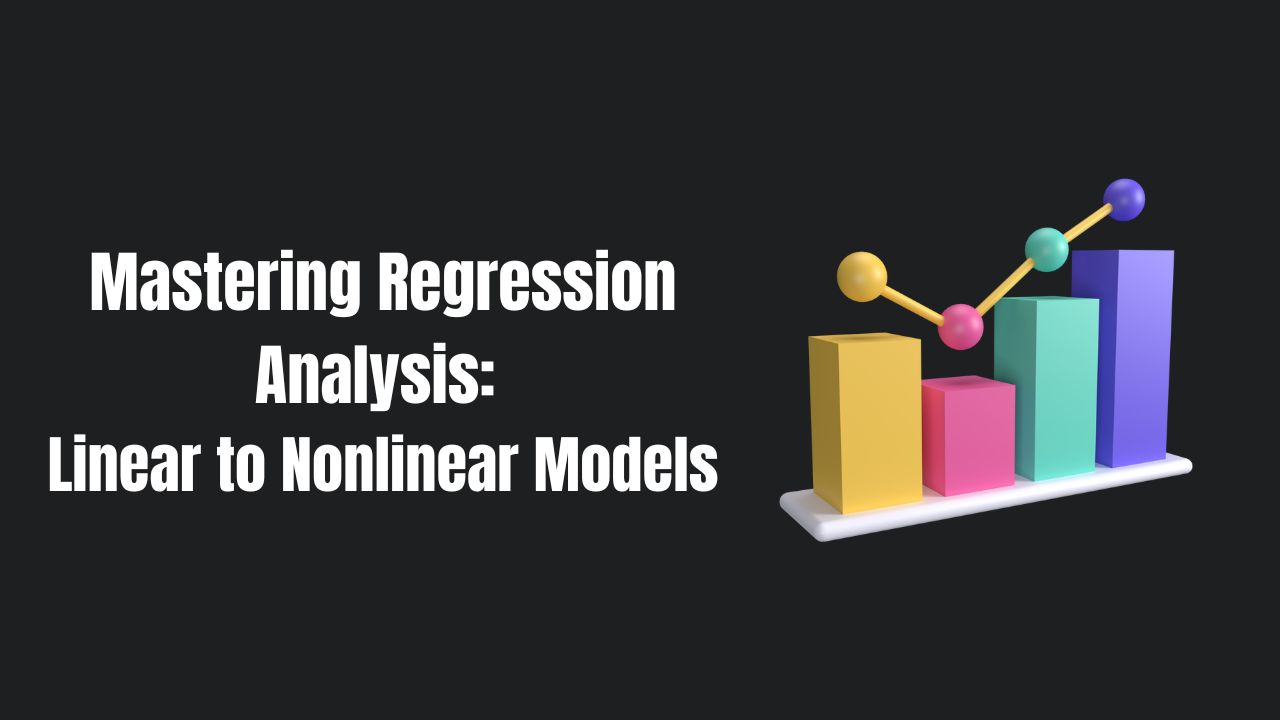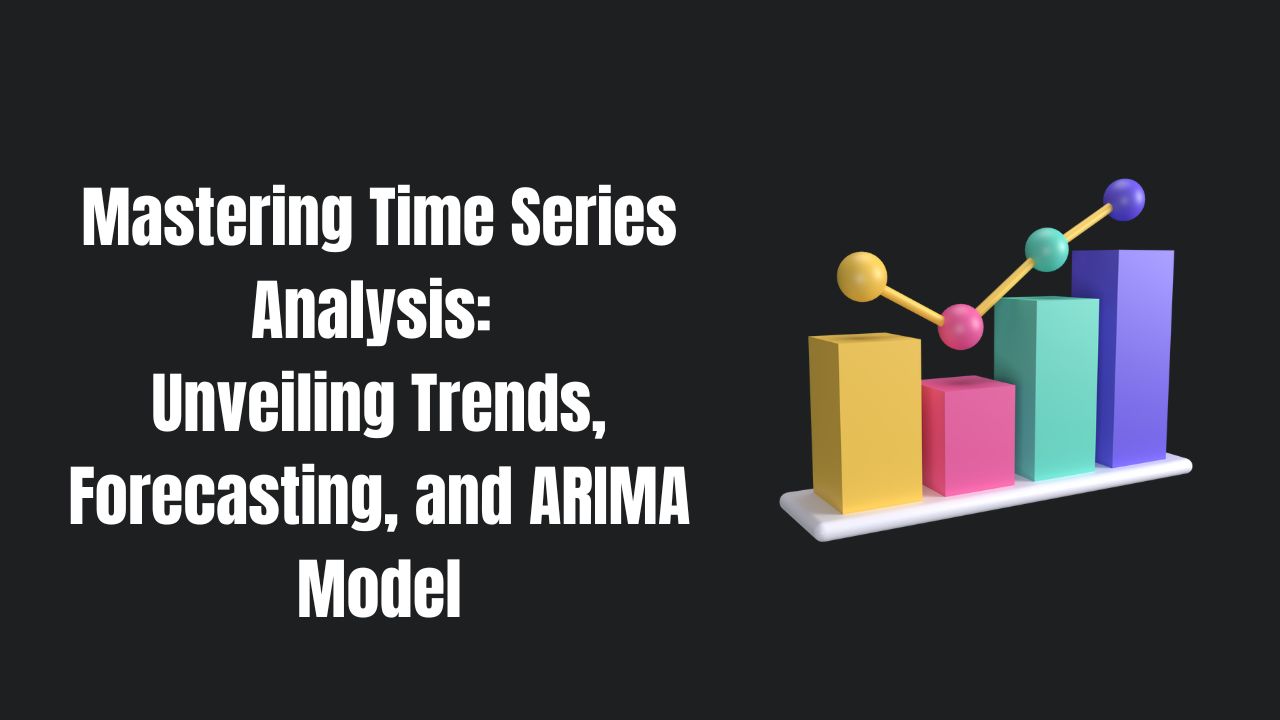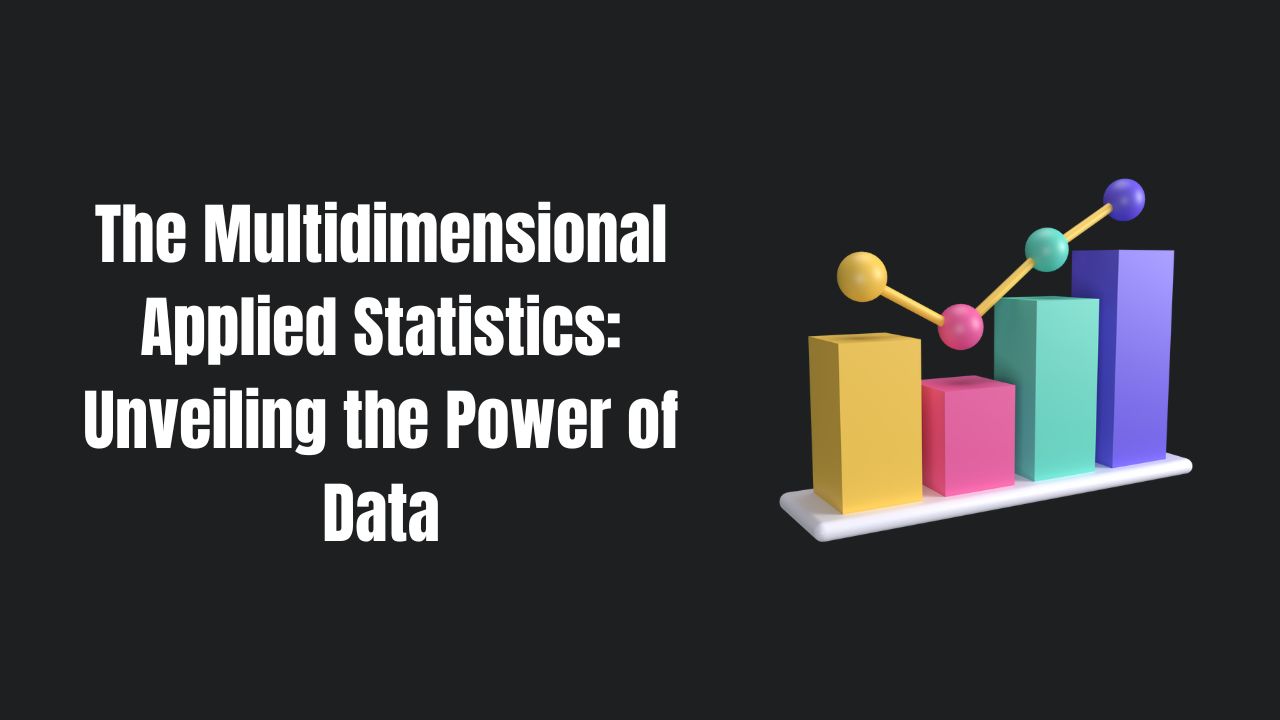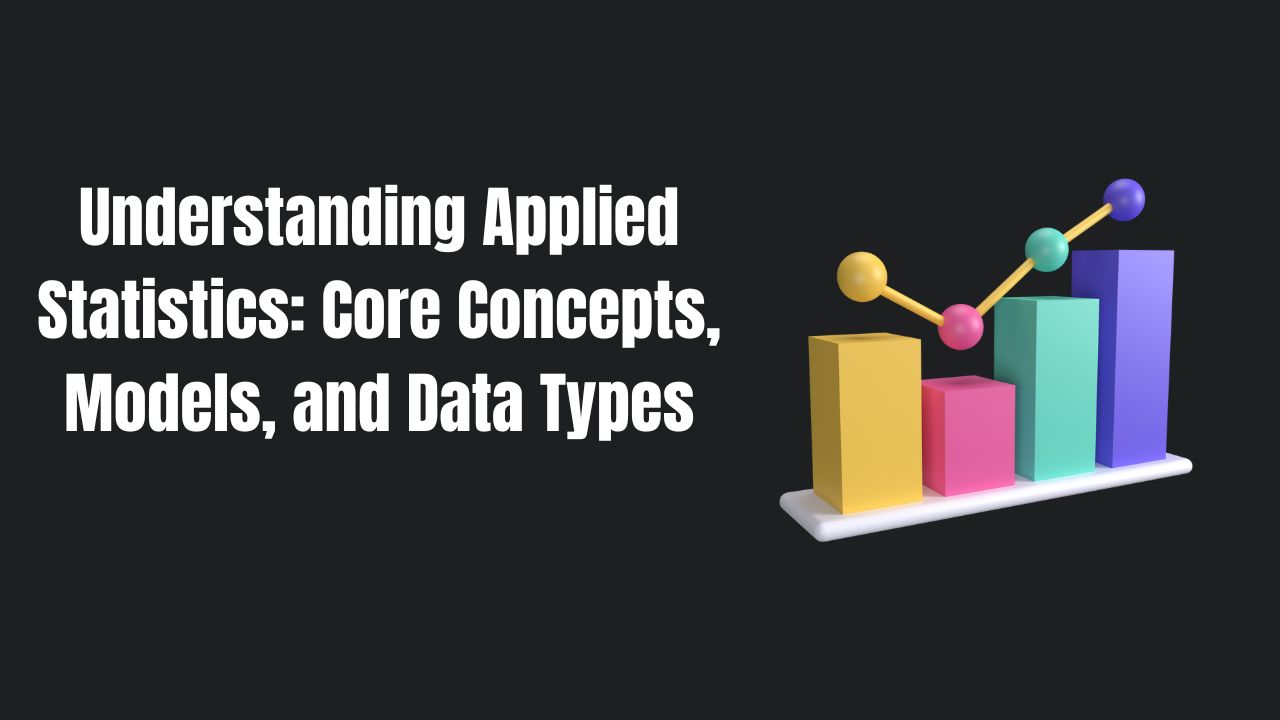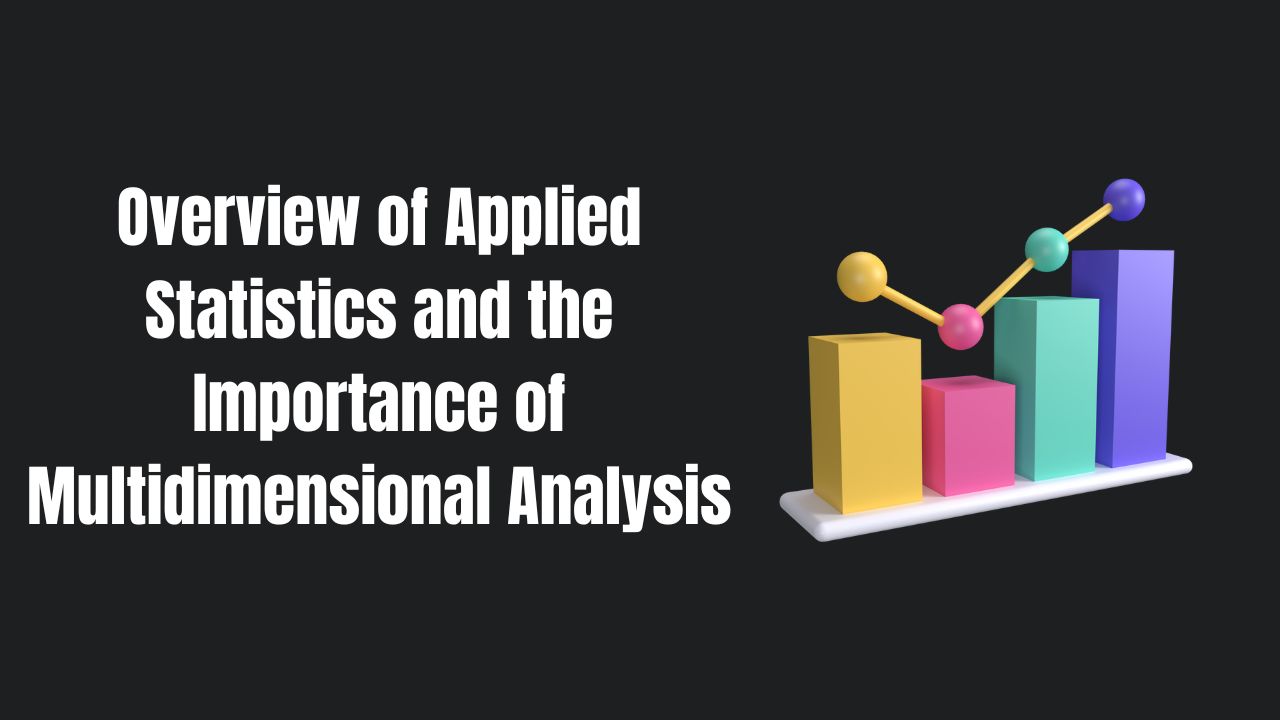Survival Analysis and Understanding Censoring
Survival analysis is a statistical technique with applications spanning across diverse fields, including medical research, sociology, economics, and more. At its core, survival analysis is concerned with analyzing and interpreting “survival data,” where the central focus is the time it takes for a particular event of interest to occur. This event could range from the survival time of patients following a medical treatment to the duration until employees decide to leave a job.
Table of Contents
Survival Data and Its Significance
Survival data is unique because it accounts for the dynamic nature of events over time. Rather than simply recording whether an event happened or not, survival data records when it occurred, offering a more comprehensive view of time-to-event outcomes.
Consider the following examples to grasp the importance of survival data:
Example : Medical Research
In a clinical trial, researchers are interested in studying the survival time of patients diagnosed with a particular disease after receiving a new treatment. Some patients may experience the event of interest (e.g., disease recurrence) during the study period, while others may not. Survival analysis helps estimate the probability of patients surviving beyond a certain time point and assesses the impact of various factors on survival outcomes.
The Role of Censoring
Censoring is a fundamental concept in survival analysis that occurs when some individuals in the study do not experience the event of interest within the observation period. Censored data points represent individuals who were still under observation at the end of the study or left the study without experiencing the event. Understanding censoring is crucial because it affects how survival data is analyzed and interpreted.
There are three common types of censoring:
- Right Censoring: This is the most common type of censoring. It occurs when individuals in the study have not experienced the event of interest by the end of the observation period. Their survival times are “right-censored” because the exact event time is unknown.
- Left Censoring: In this scenario, some data points are “left-censored,” meaning that the event of interest occurred before the observation period began. Left censoring often arises in historical data analysis when the study starts at a certain point in time.
- Interval Censoring: Interval censoring occurs when the event time is known to fall within a specific time interval but not precisely. This type of censoring is encountered when the event can only be observed at discrete time points.
Example: Right Censoring in Medical Research
Returning to the medical research example, imagine a clinical trial that lasts for two years. Some patients are still alive and have not experienced disease recurrence at the end of the study. Their survival times are right-censored because the exact time of disease recurrence is unknown but known to be after the study’s duration.
The Kaplan-Meier Estimator and Life Tables
In the realm of survival analysis, the Kaplan-Meier estimator stands as a pivotal tool for estimating the survival function. This essential function paints a vivid picture of the probability of surviving beyond a given time point. Particularly adept at handling censoring, the Kaplan-Meier estimator takes into account both observed survival times and the number of individuals at risk at each time interval.
The Kaplan-Meier Estimator: Unveiling Survival Probabilities
The heart of survival analysis lies in understanding survival probabilities over time. The Kaplan-Meier estimator does precisely that. It offers a method to estimate the probability that an individual or entity will survive beyond a specified time point.
To comprehend its significance, consider a clinical trial where patients’ survival times are recorded. Some patients may still be under observation at the end of the study, while others have experienced the event of interest (e.g., disease recurrence). The Kaplan-Meier estimator considers all these scenarios, providing a dynamic, time-dependent survival curve.
Example: Disease-Free Survival
Imagine a study tracking the disease-free survival of cancer patients after a particular treatment. Patients enter the study at different times, and their outcomes vary. The Kaplan-Meier estimator takes this heterogeneity into account, offering survival probabilities at various time intervals. It reveals how the probability of remaining disease-free changes over time for all patients, even those who have not experienced disease recurrence.
Life Tables: Illuminating Survival Data
Derived from the Kaplan-Meier estimator, life tables provide a detailed and structured overview of survival probabilities at specific time intervals. These tables are powerful visual and analytical tools for understanding and communicating survival data effectively.
Here’s how life tables work:
- Data Collection: Gather survival data, recording the times at which events occur or individuals are censored. This data represents your “observed” dataset.
- Kaplan-Meier Estimation: Apply the Kaplan-Meier estimator to your observed data to generate a survival curve. This curve illustrates survival probabilities over time.
- Interval Selection: Choose specific time intervals (e.g., months, years) that are relevant to your analysis.
- Survival Probabilities: For each chosen time interval, calculate the estimated survival probability using the Kaplan-Meier curve. These probabilities represent the likelihood of surviving beyond each interval.
- Construction of Life Tables: Organize these survival probabilities into a table format, creating life tables. Each row of the table corresponds to a time interval, and the columns contain information about the survival probability at each interval.
Example: Disease-Free Survival Life Table
Continuing with the cancer treatment example, a disease-free survival life table might reveal that at the end of the first year, 85% of patients remain disease-free, while at the end of the second year, the percentage drops to 70%. This structured presentation allows for easy comparison and interpretation of survival probabilities at different time points.
Cox Proportional Hazards Model in Survival Analysis
In the fascinating world of survival analysis, the Cox Proportional Hazards Model emerges as a powerful and versatile regression model. This model serves as an invaluable tool for researchers and analysts seeking to delve deep into time-to-event data and uncover the factors that influence the hazard or risk of experiencing an event at any given time.
The Essence of Survival Analysis
Survival analysis is all about understanding the dynamics of time-dependent data. It’s employed in diverse fields, from medical research to finance, to answer critical questions like:
- What factors influence the survival time of patients after medical treatment?
- What variables impact customer churn in subscription-based services?
- How do socioeconomic factors affect the time until individuals find employment?
Introducing the Cox Proportional Hazards Model
The Cox Proportional Hazards Model, often simply referred to as the “Cox model,” is a statistical regression model tailored for survival analysis. What sets it apart is its remarkable ability to evaluate the impact of multiple covariates or independent variables on the hazard function.
But what is this “hazard function”? Essentially, it represents the risk or hazard of experiencing the event of interest at any specific point in time. The Cox model offers insights into how various factors, both quantitative and categorical, influence this hazard function.
Key Advantages of the Cox Model
One of the standout features of the Cox model is its flexibility. It doesn’t impose strict assumptions about the shape of the hazard function, making it a versatile choice for a wide range of survival data scenarios. Researchers appreciate this flexibility because real-world data often doesn’t adhere to rigid statistical assumptions.
Here’s what makes the Cox Proportional Hazards Model so compelling:
- Multiple Covariates: It accommodates multiple covariates, allowing researchers to analyze the combined effects of various factors. For instance, in a medical study, you can consider both patient age and treatment type as covariates affecting survival.
- Time-Dependent Effects: The model can capture changing relationships between covariates and the hazard function over time. This is especially valuable when you suspect that the effects of variables may evolve as time passes.
- Widely Applicable: The Cox model’s versatility makes it suitable for a broad spectrum of applications. Whether you’re studying disease progression, customer retention, or job search duration, the Cox model can provide meaningful insights.
Example: Cancer Survival Analysis
Let’s illustrate the Cox Proportional Hazards Model with a practical example. Imagine a study on cancer patient survival. Researchers collect data on various factors, such as patient age, cancer stage, and treatment type. By applying the Cox model, they can assess how these covariates impact the hazard of cancer-related mortality over time. This analysis can guide treatment decisions and improve patient care.
Conclusion
Survival analysis is a powerful tool for studying time-to-event data, providing valuable insights into various real-world phenomena. Understanding censoring, its types, and its implications is essential for accurate analysis and interpretation of survival data. By harnessing the capabilities of survival analysis, researchers and analysts can make informed decisions and draw meaningful conclusions from time-dependent datasets.
The Kaplan-Meier estimator and life tables are indispensable tools in survival analysis. They enable researchers, clinicians, and analysts to explore and communicate the dynamic nature of survival probabilities over time. Whether it’s evaluating the efficacy of medical treatments or studying customer churn in business, these techniques provide crucial insights into time-to-event data.
The Cox Proportional Hazards Model empowers analysts and researchers to unlock valuable insights hidden within time-to-event data. Its flexibility, accommodating multiple covariates and time-dependent effects, makes it a go-to choice for survival analysis in a wide array of domains. By harnessing the Cox model’s capabilities, you can uncover the intricate relationships between covariates and the hazard function, ultimately driving informed decision-making and advancing your field of study.

